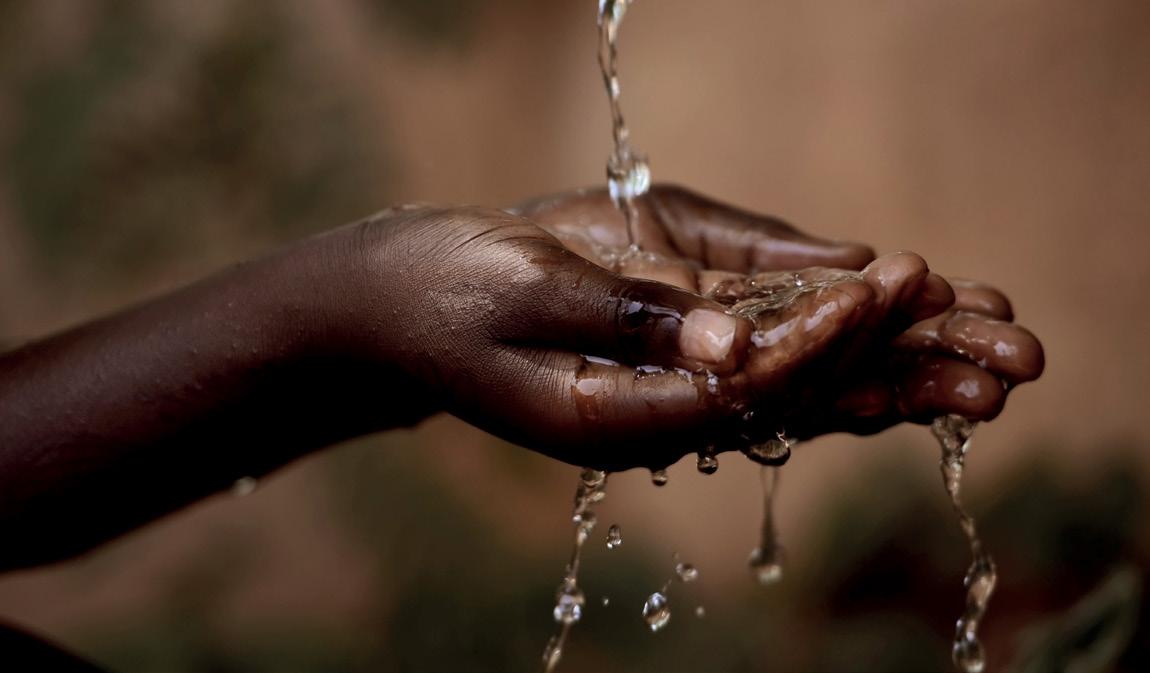
2 minute read
How to achieve good environmental stewardship on construction projects
Demanding economic conditions – aggravated by stoppages caused by the COVID-19 pandemic – have highlighted the value of environmental stewardship in the construction sector. Bruce Paul, environmental manager at Concor, says a key focus of good environmental stewardship is on project efficiency.
Paul says: “It is vital that contractors develop end-to-end engineering processes that conserve resources and manage risk – now more than ever.”
Before construction on a project even starts, Concor considers issues including material sourcing, reduction of potential wastage, and the carbon footprint of fuel and materials. The company recently took the opportunity, for instance, to reduce the use of water, sand and cement on a Gauteng building project.
“This interesting innovation was applied by constructing the inner wall with everite-hebel autoclaved aerated concrete (AAC) blocks, which are lightweight,” says Paul. “While a typical brick and mortar wall weighs about 350 kg per square metre, an AAC wall load is about 90 kg per square metre. Requiring a thinner skim coat finish, this positively impacted our material and logistical demands for less water, sand and cement.”
The building’s long-term energy efficiency was enhanced with the use of performance glass which has a low-e aspect, reflecting long wave infrared energy and helping to keep the building cooler. This, in turn, reduces the load on the air conditioning system.
CONSERVING WATER
He emphasises that judicious use of water is also an ongoing environmental concern for contractors, especially in water-scarce countries. In a building project in Botswana, Concor had to find solutions when a moratorium was placed on all non-drinking uses of municipal water. The porous rock in the foundations proved to have a constant outflow of irrigable water. This was pumped to a farm of tanks on site and reused for purposes such as dust control and the mixing of mortars and plasters. The end-design of the building was even adapted to make use of this source for its the brown water system.
“Water use on construction sites often comes from concrete-related processes such as the washing of readymix trucks,” he says. “We were able to remove solids such as aggregate for re-use, while returning the water to the batch plant. With this water’s cementitious content, it could also be used in the compaction of roads and building up of road layers.”
Paul highlights the growing but necessary weight of environmental licencing that applies to both the end-client and the contractor. Complying with the requirements of the various licences – from water use and air quality to cultural heritage and protected species – requires expertise and agility.“Effective stewardship demands a comprehensive suite of practices to prevent and mitigate any pollution that may emanate from our industrial processes,” he says. “We apply this knowledge across all projects, according to our critical environmental standards to manage risks and make the most of opportunities in each case.”

On the Loeriesfontein Wind Farm project, Concor implemented a Reverse Osmosis Water Treatment solution to provide fresh potable water

Concor constructed the Kangnas Wind Farm in a sensitive desert environment
Concor www.concor.co.za










